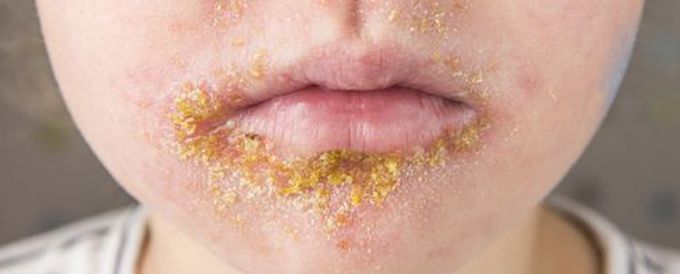


Impetigo: A Superficial Skin Infection
Impetigo is a superficial infection of the skin. The most common causative agent is staphylococcus aureus. Streptococcal species may also be implicated in impetigo. Two forms of impetigo usually exist. Bullous impetigo is exclusively caused by staphylococcus aureus. The clinical picture is the manifestation of the action of staphylococcal epidermolytic toxin. Non-bullous impetigo is caused by either streptococcus, staphylococcus, or both. The risk factors of impetigo are overcrowding and poor hygiene. Abraded skin is more at risk than intact skin. It is usually seen in children; however, it can occur at any age. Bullae with clear to cloudy fluid are seen in bullous impetigo. In non-bullous impetigo, the vesicles rupture quickly. The exudate dries up to form honey-crusted lesions. There are no constitutional symptoms. Mupirocin and topical fusidic acid are effective for mild cases. The crusts can be removed using soap and water and antiseptics. For severe cases, systemic antibiotics are administered. Flucloxacillin or clarithromycin are typically given. Impetigo heals without scarring. Temporary dyspigmentation may be present. Source: Davidson’s Principles and Practice of Medicine, 23rd Edition Image via https://www.cdc.gov/groupastrep/diseases-public/impetigo.html

